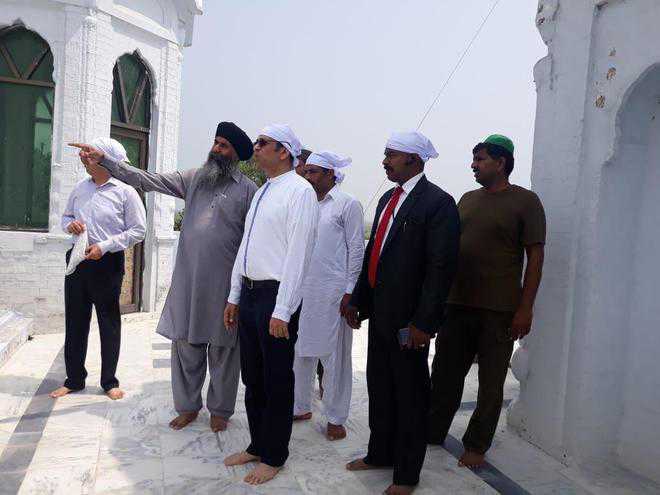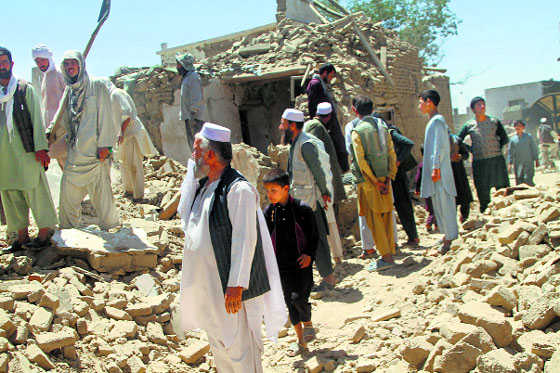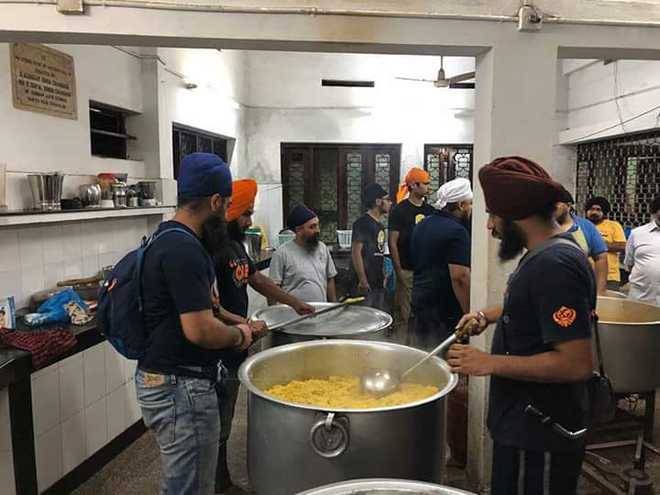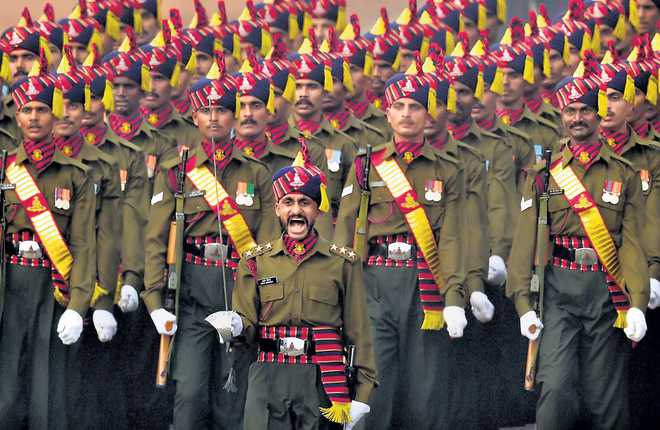
A division, headed by a Major-General and comprising about 10,000 officers and men, oversees the functioning of Brigades, usually three of about 3,000 men, under its command.
Now, the division could cease to exist. Preliminary studies within the Army point towards abolishing most of the 40 plus divisions of the Indian Army. They may exist in the Army’s Strike Corps — 1, 2 and 21 — and the new mountain Strike Corps being formed in the East. They may also survive in 15 and 16 Corps which have under them, forces of divisional strength to fight terror attacks and partly, in 10 and 11 Corps where one division each (9 and 18 division respectively) have dual (offensive and defensive) roles. But the others — 20-25 of them, depending on the decision, could well be history.
So, how will the Army function without divisions? The Brigades, now headed by Major-Generals, will be called Task Forces. They will have numbers like TF-1 or TF-2 and report directly to the Corps, which will have headquarters reinforced to deal with the various Brigades.
What are the reasons? Each divisional headquarters has at least 15 officers. Abolishing 20 plus divisions would involve a saving of 300 officers and several thousand men who can be deployed in operational areas. Some would be sent to reinforce the Corps. This will improve the Army’s teeth-to-tail ratio. There will also be a saving in terms of infrastructure costs. Most important, this will reduce another layer and the Army believes will bring about quicker decision-making.
The structure of the forces could change during war. The Chief of Staff of the Corps (the No 2) would take over as the divisional commander if necessary.
The study, being worked on now, will be deliberated during the next Army Commanders’ Conference in October this year and then, finalised and placed before the Defence Ministry.
While considering abolishing the post of Brigadier, the Indian Army has begun work on another radical move: shutting down divisional headquarters, for long a major part of the operational structure. This is part of the Army’s plan to have a leaner, a more modern force.
The division, headed by a Major-General and comprising about 10,000 officers and men, oversees the functioning of Brigades, usually three of about 3,000 men, under its command. About three divisions report to the Corps, headed by a Lieutenant-General — the Indian Army has about 15 of them.








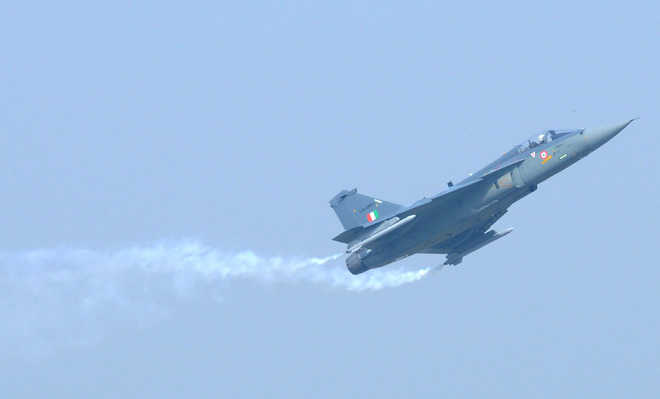
 TWITTER
TWITTER
